Wes Wilson, San Francisco Psychedelic Poster Artist, Dead at 82
by Jeff TamarkinOne of the major poster artists associated with the San Francisco psychedelic music scene of the late ’60s, Wes Wilson, died on Jan. 24, 2020, at his home in Leann, Mo., at age 82. His death was announced on his Facebook page with a brief notice:
“It is with profound sadness that we announce the passing of Wes Wilson on 1/24/2020. He passed at home surrounded by his loving family. May he Rest In Peace.”
Along with Alton Kelley, Victor Moscoso, Rick Griffin and Stanley Mouse, Wilson designed many of the posters and handbills commissioned by promoter Bill Graham for concerts staged at San Francisco’s Fillmore Auditorium and Fillmore West. He also supplied poster art for promoter Chet Helms’ concerts at the city’s Avalon Ballroom.
Robert Wesley Wilson, born in Sacramento, had been attending San Francisco State University and working at Contact Printing, a small San Francisco press, when the demand for concert posters drew him into the newly emerging field. According to Wilson’s Wikipedia page, “He invented a style that is now synonymous with the peace movement, psychedelic era and the 1960s. In particular, he is known for inventing and popularizing a ‘psychedelic’ font around 1966 that made the letters look like they were moving or melting.”
Wilson, inspired by the Art Nouveau movement, claimed that the style of lettering he used “derived from the Viennese Secessionist lettering he discovered in a University of California exhibition catalogue…” He selected colors “through visual experiences with LSD, as well as from his professional experience as a printer. Eventually disillusioned with the career and financial opportunities of poster art.”
Although the posters designed by Wilson and the other artists were ostensibly created to advertise upcoming shows, they quickly became objects of desire among the city’s rock fans, and were often taken down from walls and telephone poles almost immediately after they were put up, then taken home to adorn bedrooms and living rooms. Some of the posters were so ornately drawn that the freehand lettering noting the scheduled performers and the dates of the concerts were practically obscured.
Related: A look back at rock music in 1967
In time, the posters created by Wilson and the others became recognized as coveted art symbolic of the era, often displayed in museums (including the Smithsonian and New York’s Metropolitan Museum of Art and Museum of Modern Art) and galleries, and selling to collectors for hundreds or even thousands of dollars.
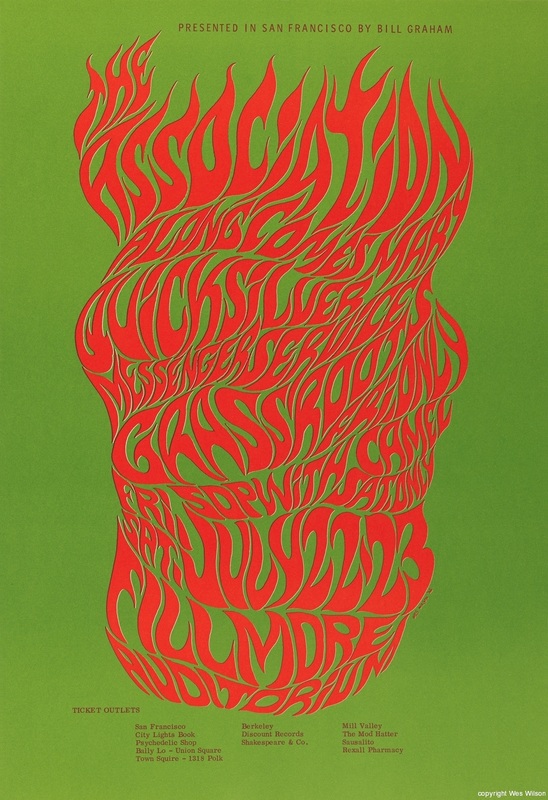
Wes Wilson’s design for a poster advertising a concert by the Association, Quicksilver Messenger Service, the Grass Roots and Sopwith Camel
Wilson continued to work as an artist following the end of the San Francisco ballroom era, then, disillusioned with poster art, moved to a farm in the Ozarks in Missouri. A bio on his website reads as follows:
“Wes Wilson, the father of the 1960s rock concert poster, came into the world via Sacramento, California on July 15, 1937. As a child his interests meandered among artistic pursuits and an intense love for the natural world. His post-secondary studies reflected these interests; he focused for a time on forestry and horticulture before eventually coming to philosophy. By the latter half of the 1960s Wes found much inspiration in the avant-garde neighborhoods of San Francisco. Serendipity interrupted all of his plans (as she’s wont to do) and Wes Wilson soon found himself creating fine art for the masses. His style, inspired by the Art Nouveau masters, took what was understood about promotional art and turned it inside-out. Nearly cryptic letters filled every available space, lines melted into lines, colors clashed… and the psychedelic poster was born. The love of art and nature eventually carried Wes away to the beautiful Ozarks foothills, where he still enjoys creating and discussing art and ideas.”
Watch a brief documentary on rock posters featuring Wes Wilson

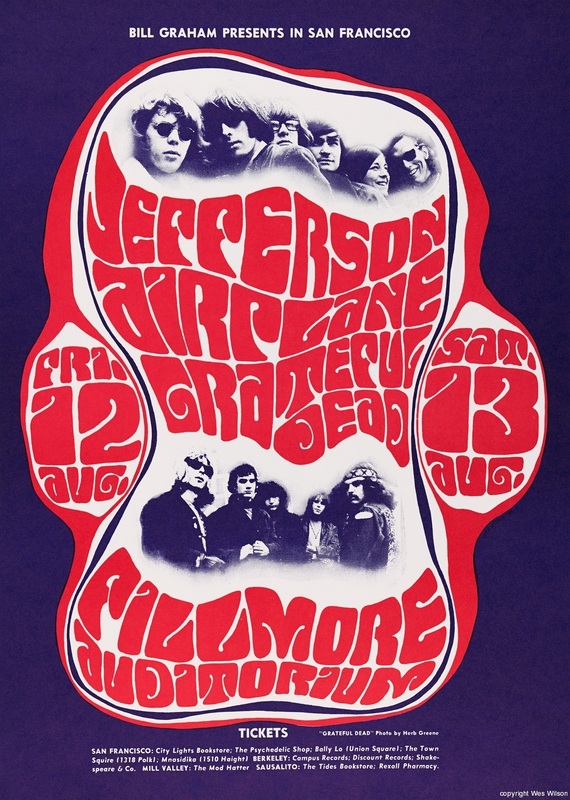

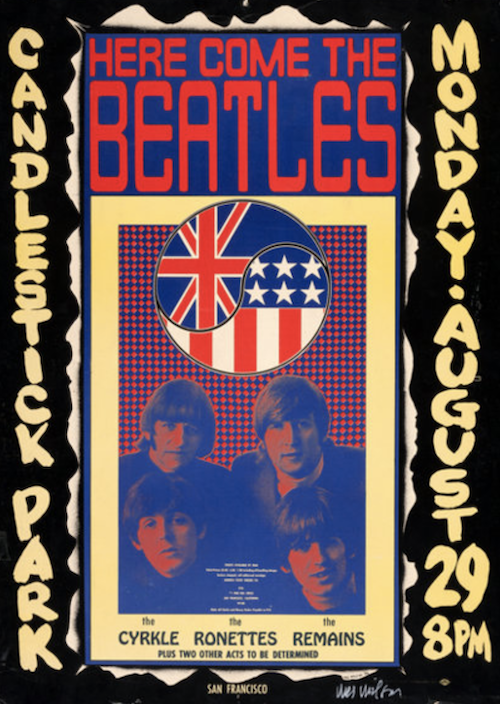
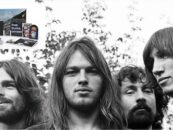

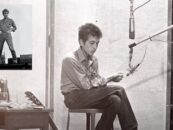
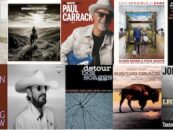

No Comments so far
Jump into a conversationNo Comments Yet!
You can be the one to start a conversation.